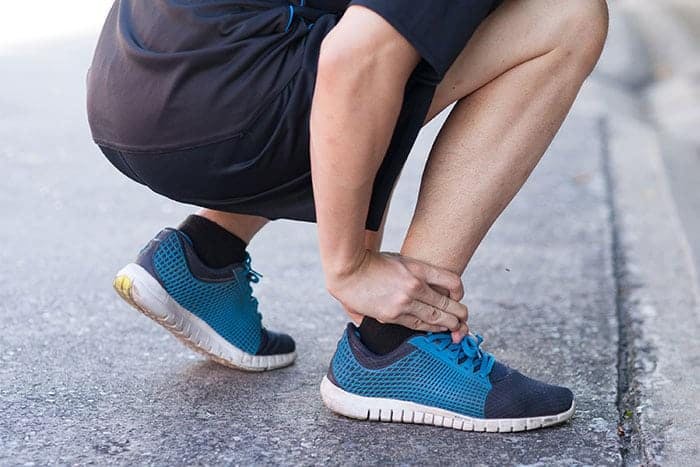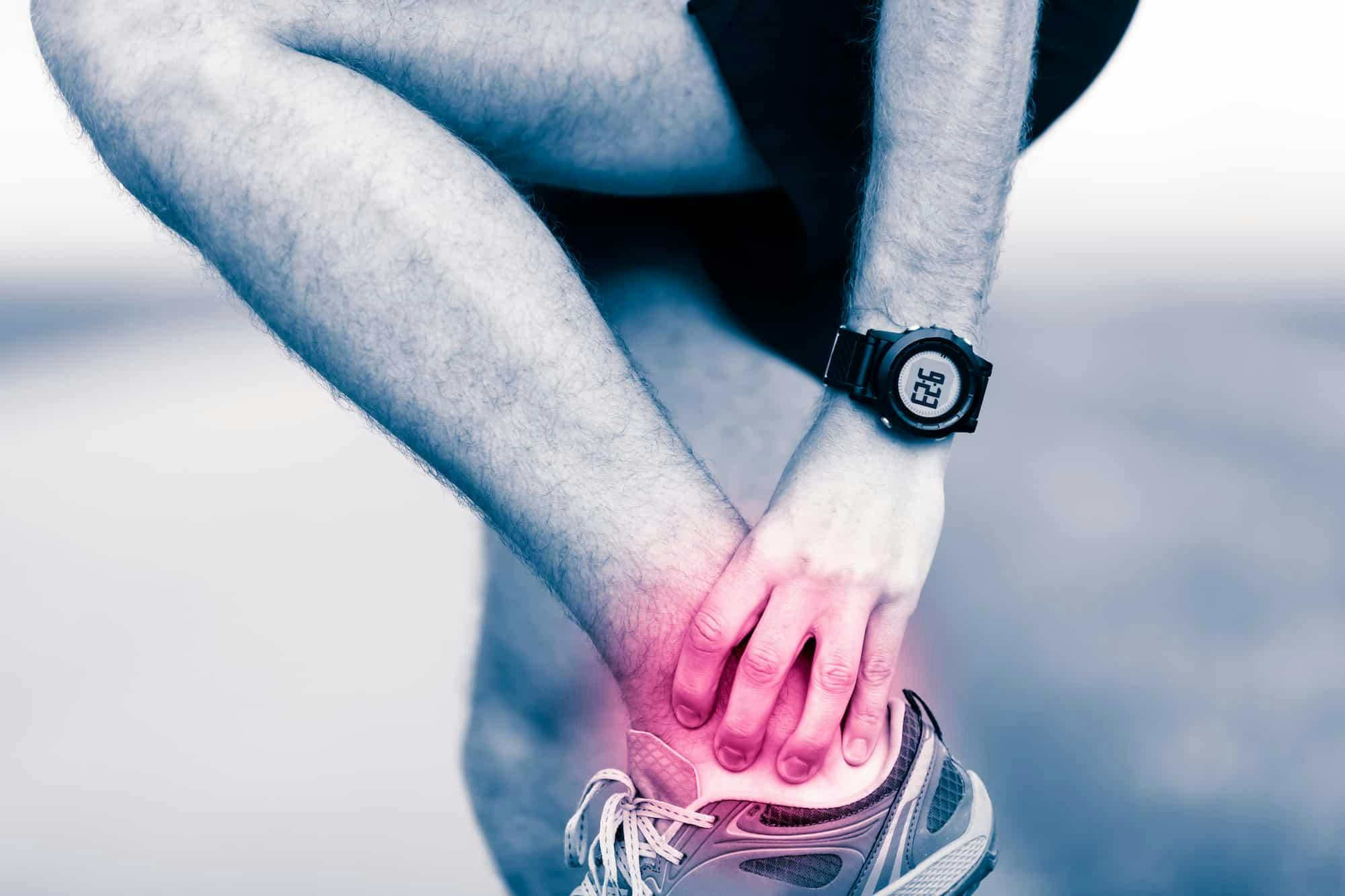- Blog
Achilles Tendinitis Treatments
Posted on 12-22-2025 in Achilles Tendinitis by Dr. Erik Nilssen

Posted on 12-22-2025 in Achilles Tendinitis by Dr. Erik Nilssen
The Achilles tendon is the largest and strongest tendon in the body, and it serves a very important purpose. It connects the gastrocnemius and soleus – the two primary calf muscles – to the back of the heel bone. When too much stress is placed on the Achilles tendon, also known as the heel cord, it tightens and becomes overworked. As a result, it can become inflamed, a condition that is known as Achilles tendinitis.
Over time, scar tissue can develop on the tendon and a tear or rupture can occur. With proper treatment, worsening of the condition can be avoided and can reduce pain so that you can continue to participate in your physical activities. There are two treatment options available for Achilles tendinitis: non-surgical and surgical.
Non-Surgical Treatments
For many people, non-surgical treatment can relieve the pain that is associated with Achilles tendinitis. There are several non-surgical treatment options available, including:
If the injury does not respond to self-treatment within two weeks, you should see an orthopedic surgeon for further evaluation.
Surgical Treatments
If the pain that is caused by Achilles tendinitis does not improve after six months of non-surgical treatments, surgery may be necessary. There are three main types of surgeries that can be done to treat the condition:
If you are suffering from Achilles tendinitis, schedule an appointment with a North Florida Bone & Joint Specialists surgeon by calling 855-998-FOOT or complete our contact form.

May is Arthritis Awareness Month, an opportunity to increase public understanding of arthritis and its impact on millions of lives. Established by the Arthritis Foundation, this national observance highlights the importance of early diagnosis, effective treatment, and ongoing research to improve the quality of life for those with arthritis.

With summer in full swing and children taking advantage of more time to participate in sports-related or other outdoor activities, it’s essential to be mindful of injury prevention while encouraging their interest in activities that don’t involve screen time!

May is National Arthritis Awareness Month, and of the more than 100 forms of this painful condition, many can affect the ankle. In fact, almost half of people in their 60s and 70s have arthritis of the foot and/or ankle, but not all of them have symptoms.